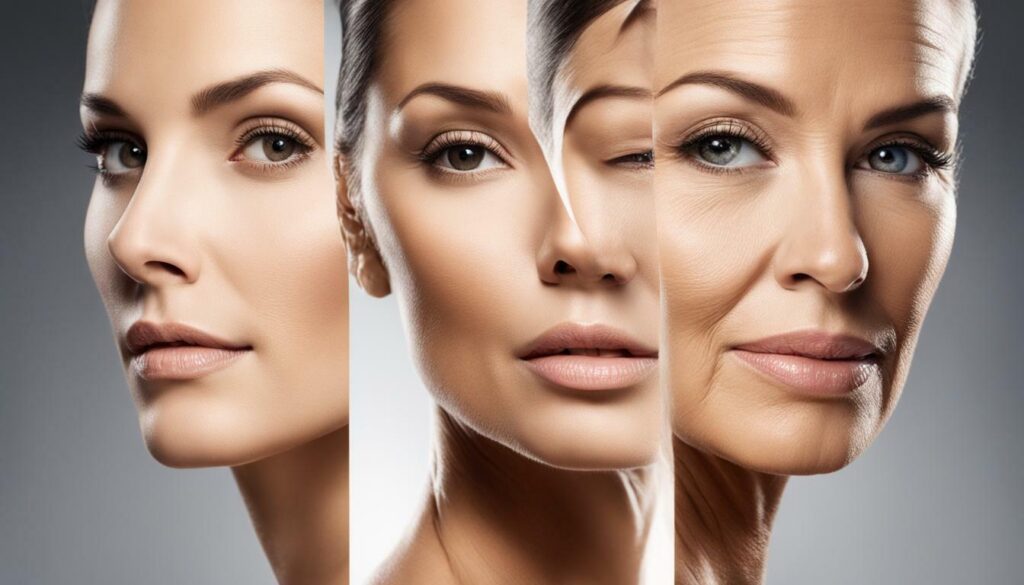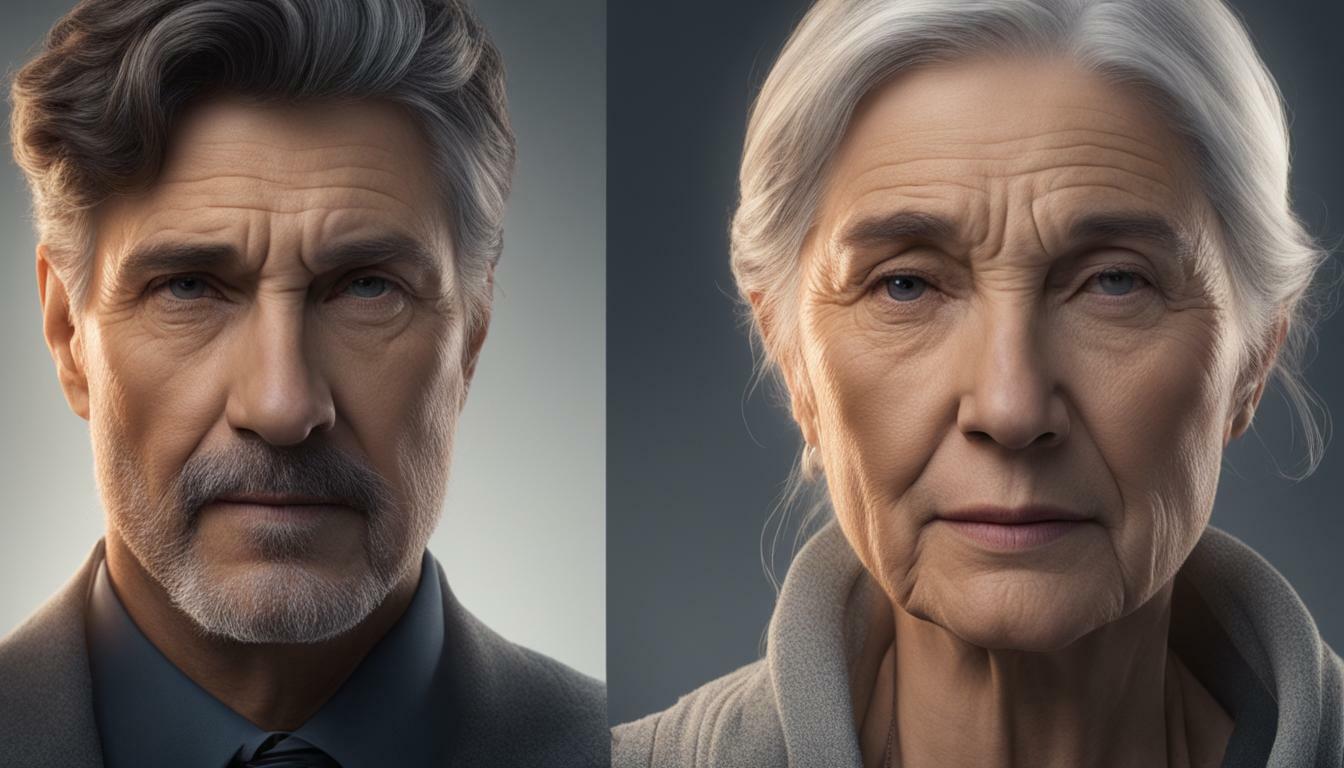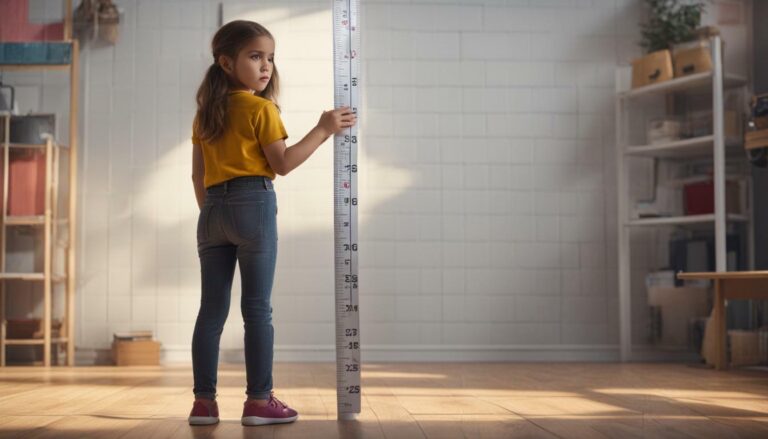At what age does your face change most?
Facial aging is a natural process that occurs as we grow older. As time goes by, our faces undergo various changes, including sagging skin, loss of volume, and the development of wrinkles and blemishes. These age-related facial changes typically start becoming noticeable during our 40s and 50s, although some individuals may experience them as early as their 30s.
The transformation of our facial features is influenced by several factors, such as genetics, diet, lifestyle, occupation, and our maintenance and care routines. Over time, the natural production of elastin and collagen decreases, causing the skin to sag and leading to features like sagging cheeks, jawline, neck, and eyes. Additionally, volume loss can result in hollowed cheeks, eyes, and temples. Aging signs on the face become more apparent with the appearance of lines, wrinkles, folds, blemishes, and thinning/dryness.
To address these aging signs on the face, there are various treatment options available. Procedures such as facial feminization surgery, facelifts, neck lifts, injectable fillers, and skin resurfacing treatments like lasers and chemical peels can be considered. Topical remedies like retinoids, pigment modulators, antioxidants, hydrators, and exfoliators can also help reduce signs of aging.
It’s important to keep in mind that each person’s aging process is unique, and seeking professional advice is crucial for individualized treatment options. Consulting with a qualified professional can help determine the most suitable approach to address your specific facial transformation concerns.
Key Takeaways:
- Facial aging is a natural process that occurs as we age.
- Age-related facial changes, such as sagging skin and loss of volume, typically become noticeable in the 40s and 50s.
- Factors like genetics, diet, lifestyle, occupation, and maintenance and care routines can influence facial aging.
- Treatment options for facial aging include surgical procedures, injectable fillers, and skin resurfacing treatments.
- Consulting with a qualified professional is important for personalized advice and treatment options.
There are several factors that contribute to the changes in our facial appearance as we age. Genetics play a significant role, as certain genes can predispose individuals to age-related skin changes. Additionally, environmental factors such as sun exposure, pollution, and lifestyle choices like smoking and excessive alcohol consumption can accelerate the aging process.
Diet also plays a crucial role in maintaining a youthful appearance. A diet rich in antioxidants, vitamins, and minerals can help protect the skin from oxidative stress and damage caused by free radicals. On the other hand, a diet high in sugar and processed foods can lead to inflammation, which can manifest as skin issues such as acne and wrinkles.
Regular maintenance and care are essential in preserving a youthful look. Establishing a skincare routine that includes cleansing, moisturizing, and sun protection can help maintain skin health. In addition, facial rejuvenation treatments such as injectable fillers and skin resurfacing can address volume loss, wrinkles, and blemishes, providing a more youthful appearance.
To further emphasize the importance of maintaining a youthful look, lifestyle choices should also be considered. Getting enough sleep, managing stress, and exercising regularly can contribute to overall well-being, affecting the health and appearance of the skin. Consulting with a qualified professional can help individuals personalize their approach and create a comprehensive plan for maintaining a youthful appearance.

| Factors Influencing Facial Aging | Factors Influencing Facial Maintenance |
|---|---|
|
|
Conclusion
Understanding the age-related changes that occur on our faces is crucial in order to address them effectively and maintain a youthful appearance. As we age, our faces undergo various transformations, including sagging skin, loss of volume, and the development of wrinkles and blemishes. These changes typically start to become noticeable in our 40s and 50s, although some individuals may experience them earlier in their 30s.
The process of aging is influenced by multiple factors, including genetics, diet, lifestyle, occupation, and maintenance and care. Our skin sags as we lose elastin and collagen, resulting in features like sagging cheeks, jawline, neck, and eyes. Additionally, volume loss can lead to hollowed cheeks, eyes, and temples. Over time, skin damage becomes more apparent, manifesting as lines, wrinkles, folds, blemishes, and thinning/dryness.
To address these age-related changes, there are various treatment options available. Procedures such as facial feminization surgery, facelifts, neck lifts, injectable fillers, and skin resurfacing treatments like lasers and chemical peels can help restore a youthful appearance. Furthermore, topical remedies like retinoids, pigment modulators, antioxidants, hydrators, and exfoliators can aid in reducing signs of aging.
It is essential to consult with a qualified professional to discuss individualized treatment options based on your specific needs and goals. They can provide expert advice and guidance on the most suitable approaches to help you achieve a facial transformation that enhances your natural beauty and reduces signs of aging effectively.
FAQ
At what age does your face change most?
Facial changes typically become noticeable in the 40s and 50s, although some individuals may experience them in their 30s.
What factors influence facial aging and maintenance?
Facial aging can be influenced by genetics, diet, lifestyle, occupation, and maintenance and care of the skin.
Can facial aging be addressed?
Yes, there are various procedures and treatments available to address facial aging, including facial feminization surgery, facelifts, neck lifts, injectable fillers, laser treatments, and chemical peels.
Are there any topical remedies for signs of aging?
Yes, topical remedies such as retinoids, pigment modulators, antioxidants, hydrators, and exfoliators can help reduce signs of aging when applied to the skin.
What is the importance of seeking professional advice?
It is essential to consult with a qualified professional to discuss individualized treatment options for facial aging. They can provide expert guidance and recommend the most suitable approach for each individual’s unique needs.






